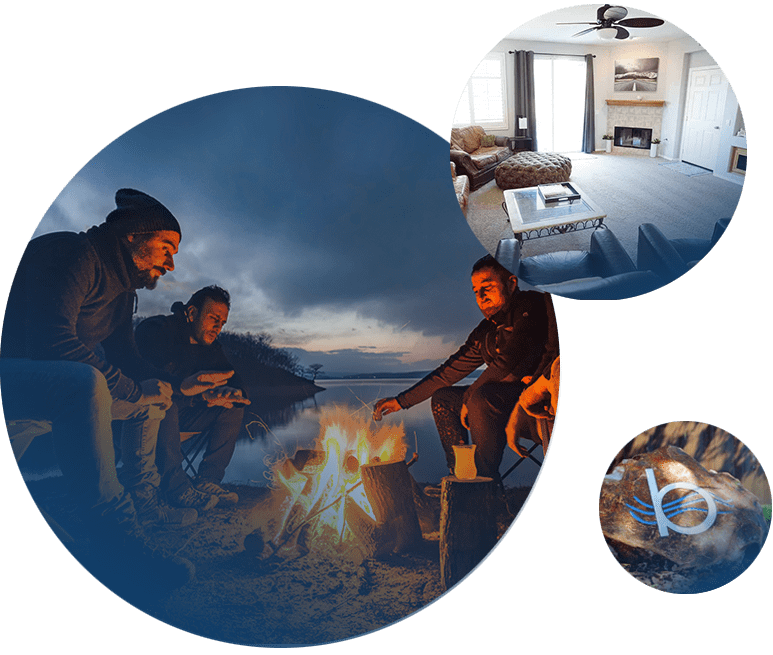


If you are in recovery from addiction and looking for a program, you may be interested in learning more about sober living arrangements. Many people confuse sober homes with halfway houses. Both are transitional living arrangements designed to support individuals recovering from addiction. While the two have some similarities, they also have distinct differences in purpose, structure, and rules.
A halfway house, also known as the transitional housing program (THP) in California, typically serves individuals who have completed a period of incarceration or are on probation or parole. It aims to help people transition back into society by providing housing, structure, and support services. In California, halfway houses are part of the transitional housing program the Department of Corrections runs.
Halfway houses can be government-funded or privately operated and often have a contractual relationship with the criminal justice system. They are typically larger residential facilities and may house more residents. The focus is on providing a structured environment that facilitates reintegration into society.
Halfway houses often have more stringent rules and regulations than sober homes, particularly for residents with a criminal justice background. These rules may include abiding by a curfew, attending mandatory counseling or treatment programs, seeking employment or participating in job training, and refraining from criminal behavior. Random drug testing is also common in halfway houses.
In a halfway house, the length of stay is often determined by the requirements of the criminal justice system or parole/probation conditions. Depending on the individual's progress and compliance, it can range from a few weeks to several months.
Some halfway houses require residents to pay rent, usually on a sliding scale. Sometimes people also must pay for therapy and other services required to remain at the halfway house and fulfill probation or parole standards.
The primary purpose of a sober living program is to provide a stable and supportive environment for individuals in early recovery from addiction. It aims to bridge the gap between an inpatient treatment facility and independent sober living, making it an ideal choice for people who have finished inpatient rehab. The focus is on promoting sobriety, personal growth, and the development of skills necessary for long-term recovery.
Sober living programs are often privately owned and operated by treatment centers or nonprofit organizations. They may consist of houses or apartment complexes where residents live together. The facilities are designed to create a recovery-focused community and may offer various amenities, such as group meeting spaces, healthy meals, and communal activities.
Sober living programs generally have specific rules and guidelines to ensure a safe and supportive environment. These rules may include maintaining sobriety, participating in 12-step meetings, paying rent and expenses, actively seeking employment or educational opportunities, adhering to curfews, and contributing to household chores. Random drug testing is often conducted to ensure sobriety compliance.
The length of stay in a sober living program can vary depending on individual needs and progress. Some programs have a recommended minimum stay of a few months, while others may provide long-term housing options for individuals who require ongoing support.
Sober living does not usually take health insurance because it is more of a living situation than a therapeutic program.
Both sober living programs and halfway houses offer transitional living arrangements, but their purposes and structures differ. Sober living programs focus on supporting individuals in early recovery from addiction, whereas halfway houses primarily serve individuals transitioning from incarceration to society. The rules and regulations may be more lenient in sober living programs, emphasizing sobriety and personal growth, while halfway houses typically have more structured guidelines enforced by the criminal justice system.
Call us to learn more about our sober living options by the sea! We offer recovery, community, and amenities to help you keep on track.
